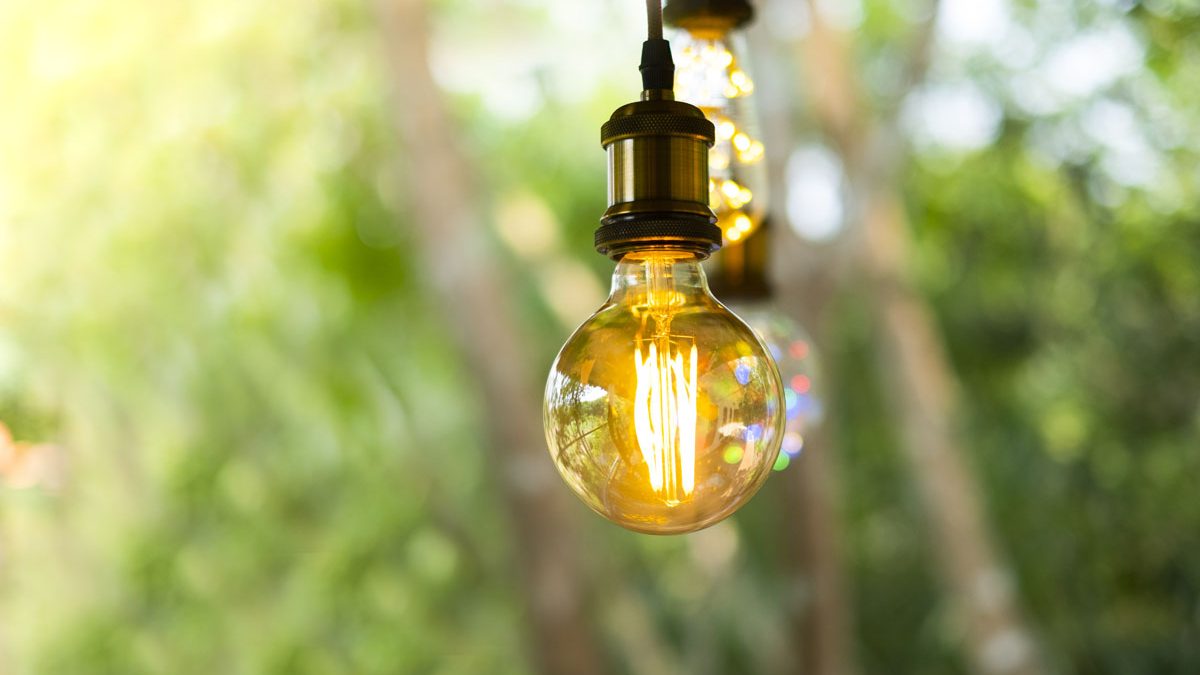

Articles
Why Does My LED Light Bulb Flicker
Modified: August 16, 2024
Discover the reasons behind why your LED light bulb flickers with this informative article. Gain insights and troubleshooting tips to fix this common issue.
(Many of the links in this article redirect to a specific reviewed product. Your purchase of these products through affiliate links helps to generate commission for Storables.com, at no extra cost. Learn more)
Introduction
LED light bulbs have become increasingly popular in recent years due to their energy efficiency, long lifespan, and versatility. However, one common issue that LED bulb owners may encounter is flickering. LED light bulb flickering can be both annoying and concerning, as it can affect the quality of light and may indicate a potential problem with the bulb or its installation.
In this article, we will explore the causes of LED light bulb flickering and discuss potential solutions to fix the issue. Understanding the reasons behind flickering can help you troubleshoot the problem effectively and ensure your LED bulbs operate smoothly and reliably.
Key Takeaways:
- LED light bulb flickering can be caused by voltage fluctuations, incompatible dimmer switches, loose connectors, and environmental factors. Understanding these causes and implementing appropriate solutions can ensure consistent and reliable lighting.
- Replacing incompatible dimmer switches, checking and tightening connections, using stabilizers or voltage regulators, and considering environmental factors are effective ways to address LED light bulb flickering. Prioritizing safety and seeking professional assistance when needed is crucial for resolving flickering issues.
Read more: Light Bulb Is Flickering When Turned On
Understanding LED Light Bulbs
LED stands for Light Emitting Diode, which is a type of solid-state lighting technology that has revolutionized the lighting industry. Unlike traditional incandescent bulbs, LEDs do not rely on a filament to produce light. Instead, they use a semiconductor material that emits light when an electrical current passes through it.
LED bulbs offer several advantages over traditional lighting options. They are highly energy-efficient, consuming significantly less electricity while providing the same amount of light. LED bulbs also have a much longer lifespan, often lasting up to 25 times longer than incandescent bulbs. Additionally, LED bulbs are available in a wide range of colors and can be easily dimmed, offering greater flexibility in lighting design.
LED bulbs are designed to operate on low-voltage DC (direct current) power. However, since most homes and buildings use AC (alternating current) power, LED bulbs require an AC-to-DC converter to function properly. This converter is typically built into the bulb or the fixture itself.
The construction of LED bulbs differs from traditional bulbs, with important components such as the LED chips, driver circuitry, and heat sink. The LED chips are responsible for emitting light when an electric current passes through them. The driver circuitry regulates the electrical current, ensuring a stable and consistent flow to the LEDs. The heat sink helps dissipate the heat generated by the LEDs, ensuring their longevity.
Causes of LED Light Bulb Flickering
LED light bulb flickering can be attributed to various factors, ranging from voltage fluctuations to incompatible dimmer switches. Understanding these causes can help you identify and resolve the issue effectively. Here are some common causes of LED light bulb flickering:
Voltage Fluctuations
LED bulbs are sensitive to changes in voltage, and even slight fluctuations can cause them to flicker. Voltage fluctuations can occur due to several reasons, such as unstable power supply from the utility company, faulty wiring, or electrical appliances drawing excessive power. It is important to ensure that the voltage supplied to the LED bulbs remains stable within the recommended range.
Incompatible Dimmer Switches
If you have installed dimmer switches to control the brightness of your LED bulbs, it is crucial to ensure that the dimmer switch is compatible with LED lighting. Some older dimmer switches are designed to work with incandescent bulbs and may not be compatible with LED technology. Incompatible dimmer switches can cause LED bulbs to flicker or produce inconsistent light output.
Read more: Why Does A Light Bulb Explode
Loose or Faulty Connectors
Loose or faulty electrical connections can also lead to LED bulb flickering. Improper installation or aging of connectors can result in intermittent electrical contact, causing the bulb to flicker. It is important to check the wiring connections and ensure they are secure and in good condition.
Environmental Factors
Environmental factors such as temperature and humidity can affect the performance of LED bulbs. Some LED bulbs may exhibit flickering when exposed to extreme temperatures or high humidity levels. It is important to choose LED bulbs that are suitable for the intended environment and ensure proper ventilation to dissipate heat effectively.
Identifying the specific cause of LED light bulb flickering may require some troubleshooting. It is recommended to consult a qualified electrician if you are unsure or unable to determine the exact cause on your own.
Voltage Fluctuations
Voltage fluctuations are one of the primary causes of LED light bulb flickering. LED bulbs are designed to operate on a specific voltage range, and when the voltage supplied to the bulbs fluctuates outside this range, flickering can occur.
There are several factors that can contribute to voltage fluctuations. One common cause is unstable power supply from the utility company. In some instances, the voltage coming from the main power grid may vary due to increased demand, faulty transformers, or other issues. These fluctuations can be temporary or more persistent, depending on the underlying cause.
Faulty wiring within the electrical system can also lead to voltage fluctuations. Loose connections, damaged wiring, or outdated electrical infrastructure can cause variations in voltage, affecting the performance of LED bulbs. In addition, electrical appliances that draw a significant amount of power, such as air conditioners or refrigerators, can create voltage sags or spikes when they cycle on and off.
To mitigate the effects of voltage fluctuations on LED bulbs, it is important to ensure a stable power supply. One option is to install a voltage regulator or stabilizer, which can help smooth out fluctuations and maintain a consistent voltage level. These devices monitor the incoming voltage and automatically adjust it to an optimal range for the LED bulbs.
Another solution is to consider using surge protectors or voltage regulators designed specifically for LED lighting. These devices provide additional protection against power surges or voltage spikes that can damage the LED bulbs or cause flickering. It is important to choose a high-quality surge protector or voltage regulator that is suitable for your specific LED lighting setup.
In some cases, contacting your utility company to address voltage fluctuation issues may also be necessary. They can inspect the power supply to your home or building and make any necessary repairs or adjustments to ensure a stable voltage for your LED bulbs.
Overall, voltage fluctuations are a common cause of LED light bulb flickering. By addressing the underlying issues and implementing appropriate measures such as voltage regulators or surge protectors, you can minimize flickering and ensure the optimal performance of your LED lighting system.
Incompatible Dimmer Switches
Incompatible dimmer switches are another common cause of LED light bulb flickering. Dimmer switches are used to control the brightness of LED bulbs by adjusting the amount of electrical current flowing to the bulbs. However, not all dimmer switches are compatible with LED lighting technology, which can result in flickering or inconsistent light output.
One reason for incompatibility is the difference in the dimming mechanisms between incandescent bulbs and LED bulbs. Incandescent bulbs are typically dimmed by reducing the amount of voltage supplied to them. However, LED bulbs require a more precise and controlled method of dimming.
LED bulbs are best dimmed using a technique called pulse width modulation (PWM). PWM works by rapidly turning the LED on and off, controlling the amount of time the LED is on compared to the time it is off. This creates the illusion of dimming by varying the average light output. Therefore, a dimmer switch designed for incandescent bulbs may not be able to deliver the required PWM signal, resulting in flickering or inconsistent dimming performance.
To solve the issue of incompatible dimmer switches, it is important to use dimmer switches that are specifically designed for LED lighting. These dimmer switches are equipped with built-in compatibility features and advanced dimming controls to ensure smooth and flicker-free dimming of LED bulbs.
When shopping for LED-compatible dimmer switches, look for labels or markings that indicate compatibility with LED bulbs. Some dimmers may be labeled as “LED compatible” or “LED dimmable.” Additionally, check the dimmer switch’s specifications to ensure it supports the required wattage and voltage range for your LED bulbs.
It is worth noting that some LED bulbs come with built-in dimming capabilities and do not require an external dimmer switch. These bulbs are often referred to as “dimmable LED bulbs” and can be controlled using a standard on/off switch. However, if you prefer to have dimming functionality, ensure that your dimmable LED bulbs are compatible with the dimmer switch you intend to use.
In summary, using incompatible dimmer switches with LED light bulbs can lead to flickering or inconsistent dimming performance. By utilizing dimmer switches specifically designed for LED lighting and ensuring compatibility with your LED bulbs, you can achieve smooth and reliable dimming without any flickering issues.
Read more: Why Does My Power Strip Light Flicker
Loose or Faulty Connectors
Loose or faulty connectors are another common cause of LED light bulb flickering. When the electrical connections between the LED bulb and the power source are not secure, it can result in intermittent contact and cause the bulb to flicker.
Improper installation or aging of connectors can lead to loose connections. Over time, connectors can become loose due to regular usage, vibrations, or temperature fluctuations. Additionally, if the connectors were not properly tightened during the initial installation, they may become loose over time, especially in high-vibration areas or when exposed to constant movement.
Faulty connectors can also contribute to flickering issues. Damage or wear and tear on the connectors can cause poor electrical contact or inconsistent power flow, resulting in flickering LED bulbs. Corrosion, oxidation, or loose wiring within the connectors can also interfere with the stable connection between the bulb and the power source.
To address loose or faulty connectors and resolve LED light bulb flickering, follow these steps:
1. Turn off the power: Before inspecting or adjusting any electrical connections, ensure the power to the circuit is turned off at the circuit breaker or fuse box to avoid the risk of electrical shock. 2. Inspect the connectors: Carefully examine the connectors between the LED bulb and the power source. Look for any signs of damage, corrosion, or loose wiring. Ensure that the connectors are clean and free from any debris or obstruction. 3. Tighten the connections: If you notice any loose connectors, use a screwdriver or appropriate tool to tighten them securely. Avoid overtightening, as it can damage the connectors or the bulb. Ensure that the connections are snug and secure. 4. Replace damaged connectors: If you identify any damaged connectors or wiring, it is recommended to replace them. Purchase high-quality replacement connectors that are compatible with your LED bulbs and follow the manufacturer’s instructions for proper installation. 5. Consider professional assistance: If you are unsure about handling electrical connections or if the flickering issue persists after inspecting and tightening the connectors, it is recommended to seek the assistance of a qualified electrician. They can further diagnose the problem and provide appropriate solutions.
Regular maintenance and inspections of electrical connections can help prevent loose or faulty connectors and reduce the occurrence of LED light bulb flickering. By ensuring a secure and stable connection between the bulb and the power source, you can enjoy consistent and flicker-free lighting from your LED bulbs.
Environmental Factors
Environmental factors can also contribute to LED light bulb flickering. While LED bulbs are known for their durability and efficiency, they can still be influenced by certain environmental conditions that may cause flickering.
Temperature
Temperature extremes can impact LED bulb performance and lead to flickering. Extreme heat can cause the LED components to overheat, affecting their functionality and causing flickering. On the other hand, extremely cold temperatures can affect the efficiency of the LED driver circuitry, leading to flickering or reduced light output.
To minimize the effects of temperature on LED bulb performance, it is important to choose LED bulbs that are suitable for the intended environment. Look for bulbs that have a wide operating temperature range, ensuring that they can handle both high and low temperatures without flickering. Additionally, ensuring proper ventilation and avoiding the installation of LED bulbs in enclosed fixtures can help dissipate heat effectively and prevent overheating.
Humidity
High humidity levels can also impact LED bulb performance and lead to flickering. Excessive moisture in the air can affect the bulb’s electrical components, leading to inconsistent power flow and flickering. This is particularly true in outdoor or bathroom environments where humidity levels are typically higher.
To mitigate the effects of humidity on LED bulb performance, it is important to choose bulbs that are labeled as “damp-rated” or “moisture-resistant.” These bulbs are designed to withstand high humidity environments without flickering or other performance issues. Additionally, ensuring proper ventilation and using exhaust fans in areas with high humidity can help reduce the impact on LED bulb performance.
Read more: Why Is My Ceiling Light Flickering?
Power Quality
Poor power quality, including electrical noise, voltage spikes, or frequency fluctuations, can contribute to LED light bulb flickering. These power disturbances can interfere with the steady flow of electricity to the bulb, causing flickering or inconsistent light output.
To address power quality issues, it may be necessary to consult with an electrician or contact your utility company. They can assess the power supply to your home or building and identify any issues that may be affecting the LED bulb performance. In some instances, installing power conditioners or line filters can help mitigate power quality problems and reduce the occurrence of flickering.
By taking environmental factors into consideration and ensuring the proper selection and installation of LED bulbs, you can minimize the effects of temperature, humidity, and power quality on their performance. This will help to ensure consistent and flicker-free lighting from your LED bulbs, enhancing both functionality and aesthetics in your space.
How to Fix LED Light Bulb Flickering
If you’re dealing with LED light bulb flickering, there are several steps you can take to diagnose and address the issue. Here are some potential solutions to fix LED light bulb flickering:
1. Replace the Dimmer Switch
If you are using a dimmer switch with your LED bulbs, first check if the dimmer switch is compatible with LED lighting. Incompatible dimmer switches can cause flickering issues. Consider replacing the dimmer switch with an LED-compatible dimmer switch to ensure smooth and reliable dimming without flickering. Make sure to follow the manufacturer’s instructions for installation and setup.
2. Check and Tighten Connections
Loose connections between the LED bulb and the power source can result in flickering. Turn off the power and inspect the connectors to ensure they are secure and tight. If there are any loose connections, use a screwdriver or appropriate tool to tighten them. Avoid overtightening, as it may cause damage. Additionally, check for any damaged or corroded wiring and replace them if necessary.
Read more: Why Is My Porch Light Flickering
3. Use a Stabilizer or Voltage Regulator
If voltage fluctuations are the cause of the flickering, consider installing a voltage stabilizer or regulator. These devices can help regulate the incoming voltage, smoothing out fluctuations and providing a stable power supply to the LED bulbs. Consult with an electrician to determine the appropriate voltage stabilizer or regulator for your electrical system.
4. Choose LED Bulbs with Built-in Dimming
If you frequently experience flickering issues when using external dimmer switches, consider opting for LED bulbs that have built-in dimming capabilities. These bulbs can be controlled using a standard on/off switch, eliminating the need for an external dimmer switch. Make sure to choose dimmable LED bulbs that are compatible with your existing electrical system.
5. Consult with a Professional
If you have tried the above steps and are still experiencing flickering issues, it is recommended to consult with a qualified electrician. They have the expertise to diagnose and address the underlying electrical issues that may be causing the flickering. They can also ensure that your electrical system is properly installed and functioning correctly.
Remember to always prioritize safety when working with electrical systems. If you are unsure or uncomfortable with performing any electrical work, it is best to seek professional help to avoid any potential risks.
By following these steps and troubleshooting the potential causes, you can effectively fix LED light bulb flickering and enjoy consistent and reliable lighting in your space.
Replace the Dimmer Switch
If you are experiencing LED light bulb flickering and have a dimmer switch installed, one possible solution is to replace the dimmer switch. Incompatible or faulty dimmer switches can cause flickering issues with LED bulbs. Here are the steps to replace the dimmer switch:
Read more: Why Is My Light Bulb Making Noise
1. Turn Off the Power
Before performing any electrical work, it is crucial to turn off the power to the circuit at the circuit breaker or fuse box. This ensures your safety and prevents any electrical accidents or shock.
2. Identify the Dimmer Switch
Locate the dimmer switch that controls the LED bulbs experiencing flickering. Note down the brand and model of the dimmer switch for reference when purchasing a replacement.
3. Check Dimmer Switch Compatibility
Ensure that the replacement dimmer switch is compatible with LED lighting. Look for dimmer switches specifically designed for LED bulbs, as they are equipped with advanced circuitry that provides smooth and flicker-free dimming. Check the packaging or product specifications to ensure compatibility.
4. Remove the Old Dimmer Switch
Using a screwdriver, remove the cover plate of the dimmer switch. Take note of the wires connected to the existing dimmer switch and their positions. Unscrew and remove the dimmer switch from the electrical box by unscrewing the mounting screws holding it in place.
5. Connect the Wires to the New Dimmer Switch
Take the new dimmer switch and connect the wires according to the manufacturer’s instructions. Generally, dimmer switches have different terminals for the live (hot), load (light), and neutral wires. Make sure to match the wire colors and securely tighten the wire connections. If you are unsure, consult the manufacturer’s instructions or seek assistance from a qualified electrician.
6. Mount the New Dimmer Switch
After connecting the wires, carefully push the new dimmer switch into the electrical box and align it with the mounting holes. Secure the switch in place by tightening the mounting screws.
7. Restore Power and Test
Once the new dimmer switch is securely mounted, restore power to the circuit by turning on the breaker or fuse. Test the LED bulbs to see if the flickering issue has been resolved. Gradually adjust the dimmer switch to different levels to ensure smooth dimming without any flickering.
Replacing the dimmer switch with a compatible one specifically designed for LED bulbs can often solve LED light bulb flickering issues. However, if the flickering persists even after replacing the dimmer switch, it may be necessary to consult with a qualified electrician to further diagnose and address the underlying issue.
Check and Tighten Connections
Loose or faulty connections between the LED bulb and the power source can contribute to flickering issues. Checking and tightening these connections is a simple yet effective solution to address LED light bulb flickering. Here’s how to do it:
Read more: Why Is My Light Bulb Making Noise
1. Turn Off the Power
Before inspecting or adjusting any electrical connections, ensure that the power to the circuit is turned off at the circuit breaker or fuse box. This is crucial for your safety and to prevent any electrical accidents.
2. Remove the Bulb
Gently remove the LED bulb from the fixture or socket. Carefully set it aside in a safe place, making sure not to touch the bulb’s electrical contacts or LED chips, as they can be sensitive to oils or dirt from your fingers.
3. Inspect the Connections
Thoroughly examine the connections between the LED bulb and the power source. Check for loose or poorly secured wiring, damaged connectors, or signs of corrosion. Ensure that the connectors are clean and free from any debris or obstruction.
4. Tighten the Connections
If you identify any loose connections, use a screwdriver or appropriate tool to tighten them securely. Turn the screw in the clockwise direction to achieve a snug fit. However, be cautious not to overtighten, as this can damage the connectors or the bulb.
Read more: Why Is My Extension Cord Light Flickering
5. Replace Damaged Connectors
If you notice any damaged connectors, such as frayed or corroded wires, consider replacing them. Purchase high-quality replacement connectors that are compatible with your LED bulbs. Follow the manufacturer’s instructions for proper installation.
6. Reinstall the Bulb
Once you have tightened and inspected the connections, carefully reinsert the LED bulb into the fixture or socket. Make sure it is properly seated and securely fastened.
7. Restore Power and Test
After confirming that all connections are secure, restore power to the circuit by turning on the breaker or fuse. Switch on the LED bulb and observe if the flickering issue has been resolved. If the bulb continues to flicker, it may indicate a different underlying problem that requires further troubleshooting or professional assistance.
Regularly checking and tightening connections between the LED bulb and the power source can help prevent flickering issues and ensure smooth operation. If you are unsure about handling electrical connections, or if the flickering persists after inspection and tightening, it is recommended to seek the assistance of a qualified electrician.
Use a Stabilizer or Voltage Regulator
If you are experiencing LED light bulb flickering due to voltage fluctuations, using a stabilizer or voltage regulator can help maintain a stable power supply and eliminate flickering issues. These devices are designed to regulate voltage and ensure a consistent flow of electricity to your LED bulbs. Here’s how to use a stabilizer or voltage regulator to address flickering:
Read more: Why Is My Outdoor Led Light Flickering
1. Determine the Voltage Requirement
Start by determining the voltage requirement of your LED bulbs. Most LED bulbs operate within a specific voltage range, commonly 110-120 volts or 220-240 volts. Knowing the voltage requirement is crucial when selecting a stabilizer or voltage regulator.
2. Choose the Right Stabilizer or Voltage Regulator
Consider the wattage and capacity requirements of your LED bulbs when selecting a stabilizer or voltage regulator. A stabilizer or regulator with a capacity slightly higher than the total wattage of your LED bulbs will ensure adequate power delivery without straining the device.
3. Install the Stabilizer or Voltage Regulator
Turn off the power to the circuit at the circuit breaker or fuse box. Follow the manufacturer’s instructions to install the stabilizer or voltage regulator. Typically, it involves connecting the device between the main power supply and the LED bulb fixture or circuit.
4. Confirm Proper Wiring
Verify that the stabilizer or voltage regulator is wired correctly. Ensure that the input terminals are connected to the main power supply and the output terminals are connected to the LED bulb fixture or circuit. Double-check the wiring connections to ensure they are tight and secure.
Read more: Why Does My Dimmer Switch Flicker
5. Restore Power and Test
Once the stabilizer or voltage regulator is installed and wired correctly, restore power to the circuit. Switch on the LED bulbs and observe if the flickering issue has been resolved. A stable power supply delivered by the device should eliminate flickering, providing consistent and uninterrupted lighting.
6. Periodic Maintenance
Regularly inspect and maintain the stabilizer or voltage regulator to ensure its proper functioning. Follow the manufacturer’s guidelines for maintenance and servicing, if applicable.
Using a stabilizer or voltage regulator is an effective solution to address LED light bulb flickering caused by voltage fluctuations. However, it is important to consult with a qualified electrician or follow the manufacturer’s instructions for proper installation and usage specific to your electrical system and LED bulbs.
Conclusion
LED light bulb flickering can be a frustrating issue, but there are several effective ways to address and resolve it. Understanding the causes of flickering, such as voltage fluctuations, incompatible dimmer switches, loose connectors, and environmental factors, can help you identify and implement the appropriate solutions.
Replacing an incompatible dimmer switch with one designed specifically for LED lighting can eliminate flickering and ensure smooth dimming functionality. Checking and tightening loose or faulty connections between the LED bulb and the power source is another simple yet effective solution. Replacing damaged connectors can further enhance the stability of the electrical connections.
In some cases, voltage fluctuations can cause LED light bulb flickering. Installing a stabilizer or voltage regulator can regulate the power supply and maintain a steady voltage, thereby eliminating flickering issues. Additionally, taking into account environmental factors such as temperature and humidity can help minimize flickering. Choosing LED bulbs suitable for the intended environment and providing proper ventilation can optimize their performance.
It is important to prioritize safety when dealing with electrical systems. If you are unsure or uncomfortable with any electrical work, it is best to seek the assistance of a qualified electrician.
By following these solutions and troubleshooting steps, you can effectively address LED light bulb flickering and enjoy consistent, flicker-free lighting in your home or workspace.
Remember that in some cases, persistent flickering or other electrical issues may require professional assistance. If your efforts to fix the flickering problem are unsuccessful or if you have any concerns about your electrical system, it is recommended to consult with a qualified electrician who can diagnose and resolve the issue.
With proper troubleshooting and the right solutions, you can ensure smooth and reliable operation of your LED light bulbs, providing energy-efficient and comfortable lighting for years to come.
Frequently Asked Questions about Why Does My LED Light Bulb Flicker
Was this page helpful?
At Storables.com, we guarantee accurate and reliable information. Our content, validated by Expert Board Contributors, is crafted following stringent Editorial Policies. We're committed to providing you with well-researched, expert-backed insights for all your informational needs.
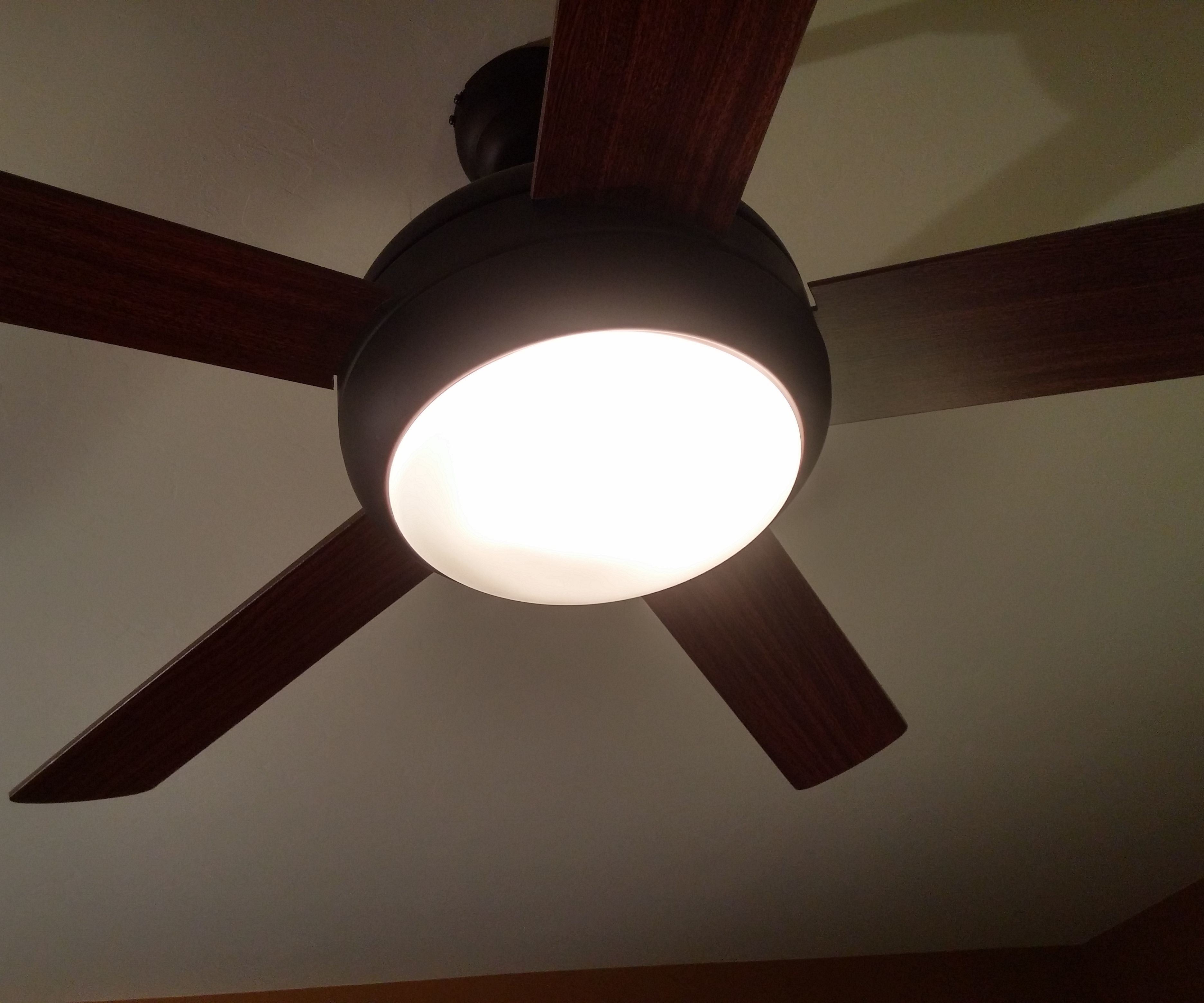
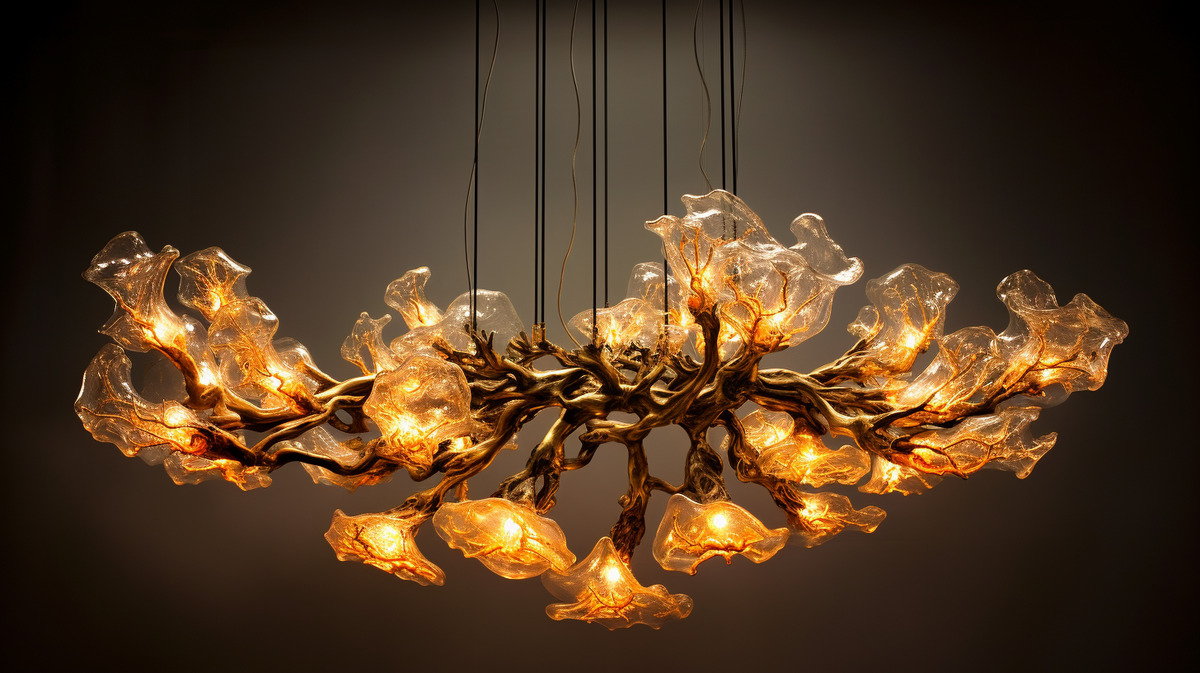
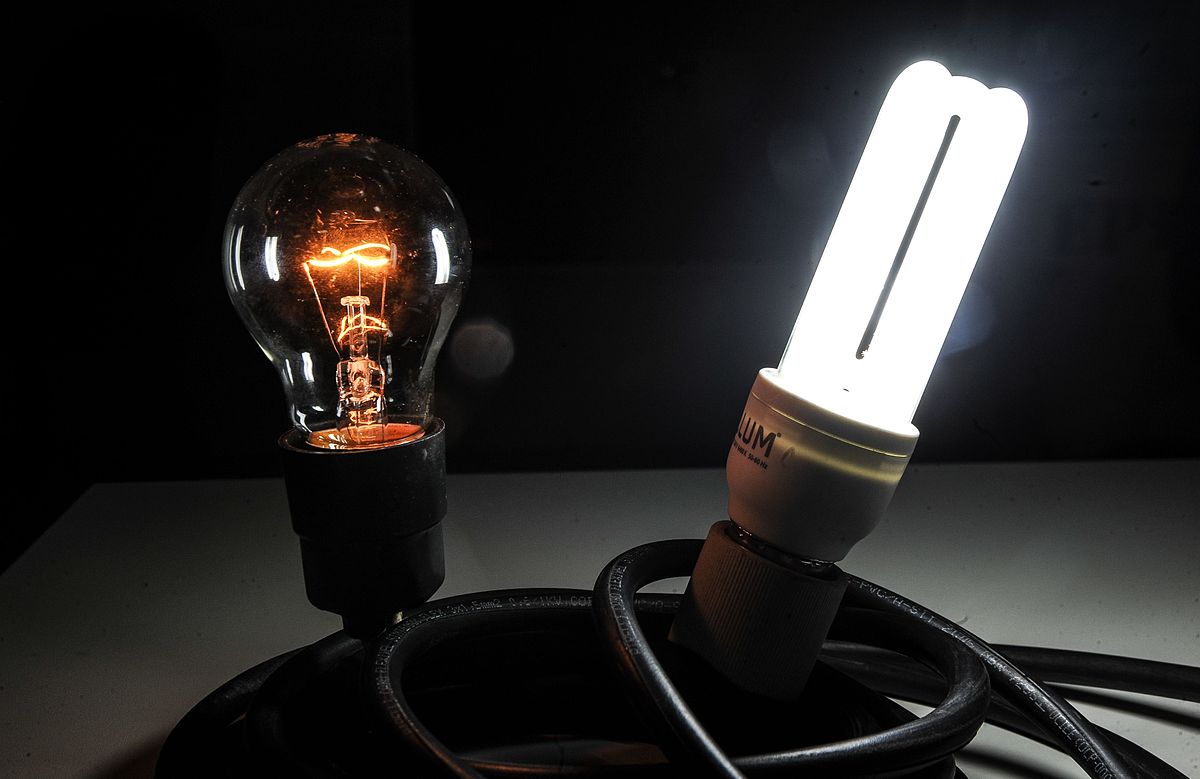
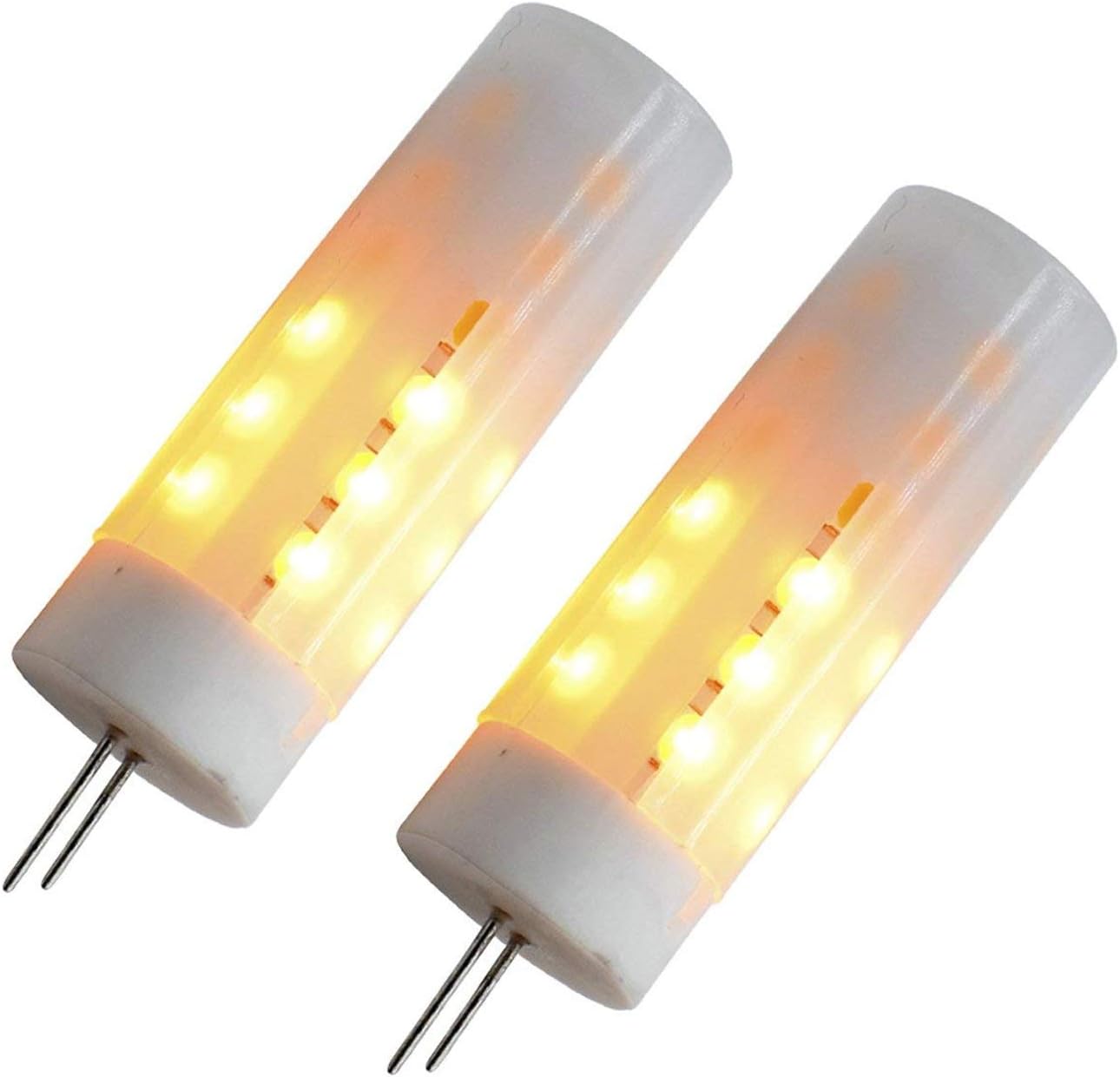
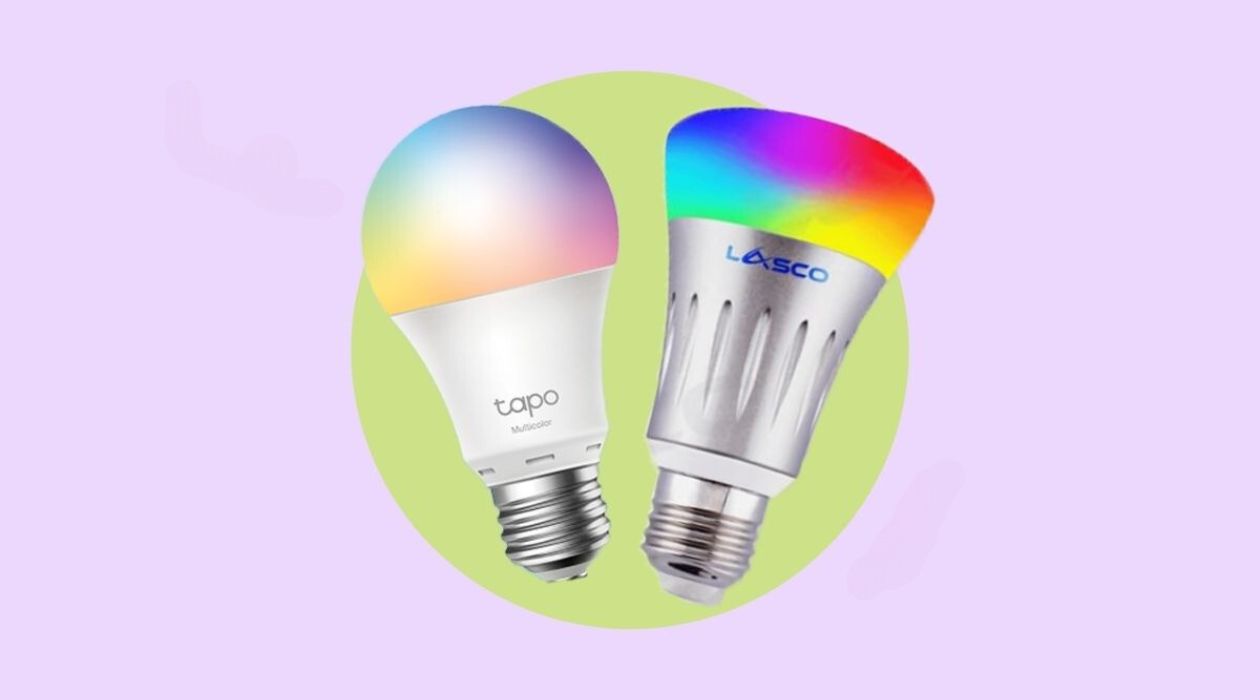

0 thoughts on “Why Does My LED Light Bulb Flicker”